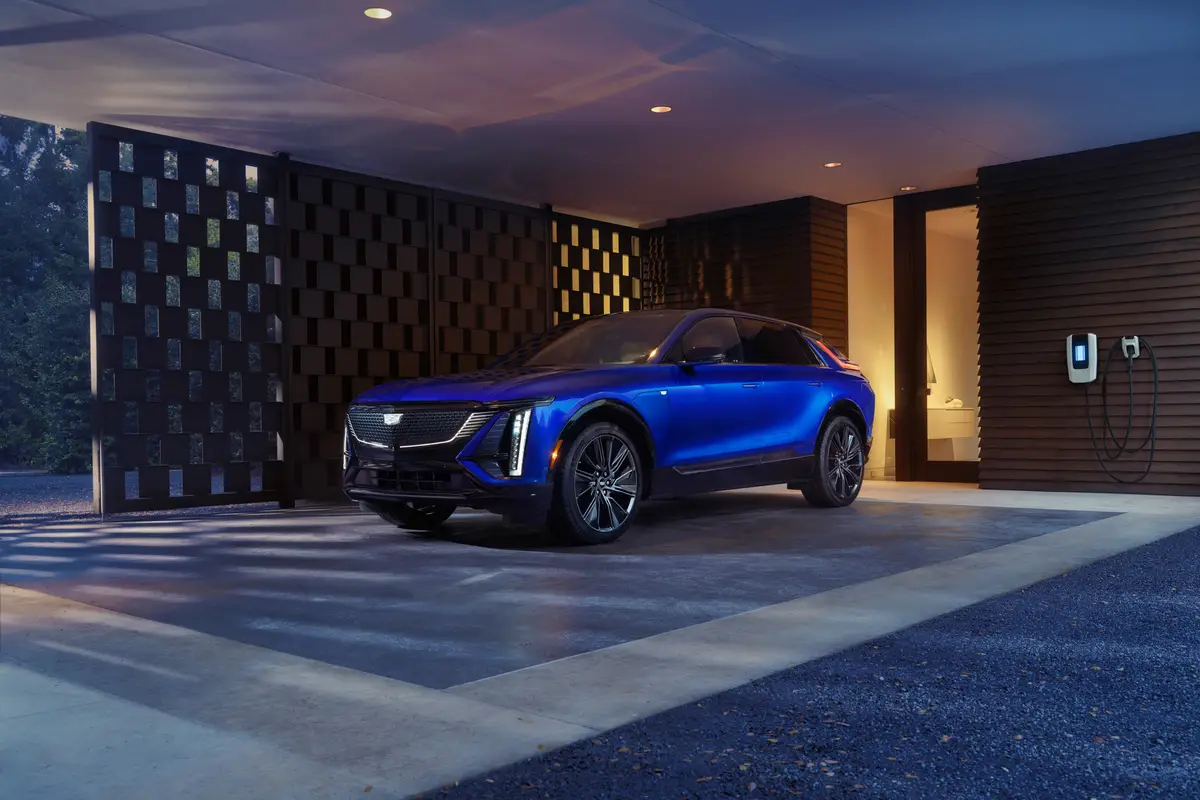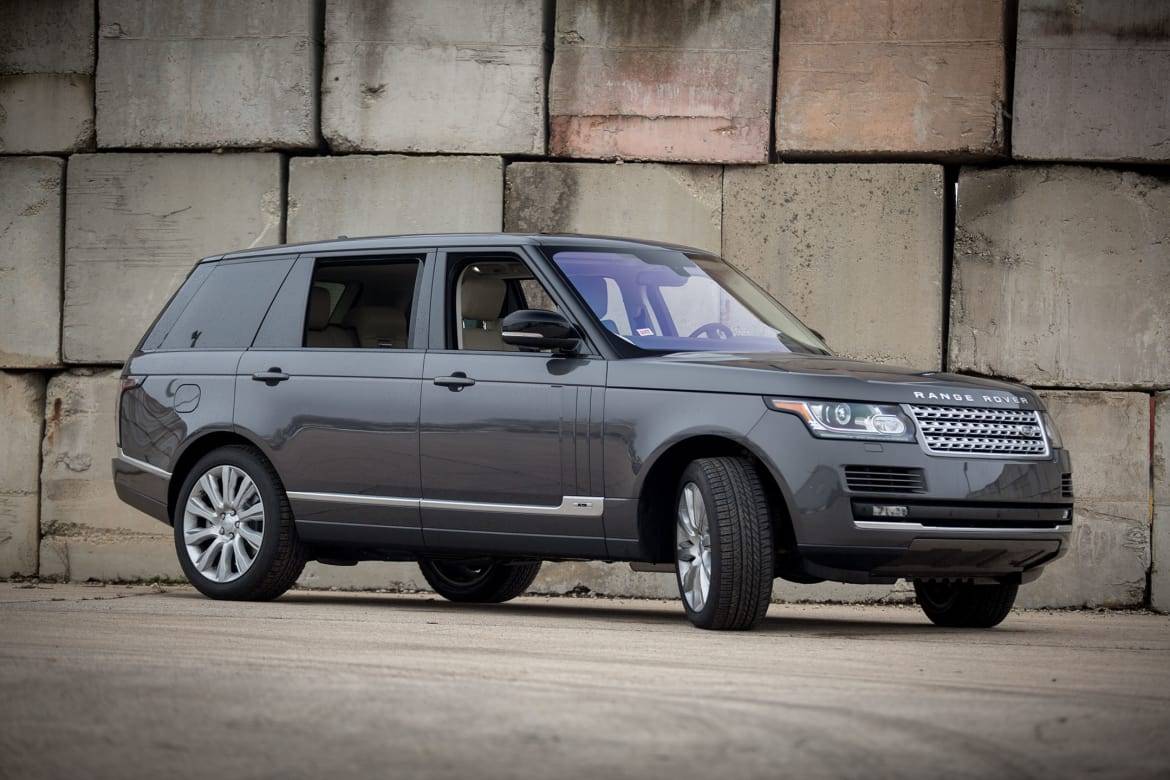Star-Telegram.com's view
It’s an “extreme makeover.”
That’s how Ernest Bastien, vice president of vehicle operations for Toyota’s U.S. marketing division, described the changes in the redesigned, 2006 RAV4 compact sport utility vehicle during a recent media introduction of the vehicle in Las Colinas.
The RAV4, entering its third generation, grows significantly with the makeover, he said. It’s 14 inches longer, three inches wider, and a half-inch taller than the second-generation model, which was introduced in 2001.
It’s also built on an entirely new chassis platform, which for now is unique to the RAV4, Bastien said. It’s still considered to be a car-based crossover model, just as before. The previous model was based on the chassis of a previous generation of the Camry sedan.
But a big surprise for this car and this class is the addition of a third-seat option for 2006. Until now, only the Suzuki XL-7 offered a third row of seating in a compact SUV. Next year, Mitsubishi will roll out the redesigned compact Outlander, also with a third row.
In the RAV4, the third row seats just two, as it does in the XL-7; the Outlander’s will seat three. Bastien said the RAV4’s third row won’t be meant for everyday use or for long trips.
“It’s back there for occasional use, and we expect only about 15 percent of buyers will choose” the third-row option, he said. Still, it will come in handy for soccer moms and for others who have a once-in-a-while need to carry up to seven people.
Here’s another surprise for the new RAV4: A V-6 engine will be offered for the first time. Until now, only a four-cylinder engine was offered.
The base engine will continue to be a four-cylinder. For the new RAV, it will be a 2.4-liter inline four-cylinder, rated at 166 horsepower and 160 foot-pounds of torque. That’s up from 161 horsepower in the 2005 model, but torque is down — from 165 foot-pounds currently.
EPA fuel-economy ratings for the four are 24 miles per gallon city and 29 highway for two-wheel-drive models, and 23 city/27 highway for four-wheel drives.
Standard is a four-speed automatic transmission.
The optional engine is a 3.5-liter V-6, a slightly smaller version of the 4.0-liter V-6 used in the Tacoma midsize pickup, Bastien said. In the RAV, this engine will turn out an impressive 269 horsepower and 246 foot-pounds of torque, while giving EPA fuel-economy numbers of 20 city/28 highway for two-wheel-drive models, and 20/27 for the four-wheel-drive versions. The V-6 equipped RAV will be able to accelerate from zero to 60 mpg in less than seven seconds.
With the V-6 engine comes a five-speed automatic transmission; no manual gearbox is available with either engine.
A new standard feature on all RAV4 models is electric steering, in which the power-steering motor gets its power from the car’s electrical system instead of the engine. Toyota introduced this system earlier on the Prius gasoline-electric hybrid because that car’s gasoline engine does not run all the time the car is moving. In the RAV, it will reduce the engine’s workload to help it achieve better fuel economy.
Other standard features include four-wheel disc brakes with antilock braking system and electronic brake-force distribution. Electronic stability control will be included on all models, and is designed to help prevent rollovers. It is coupled with traction control.
Optional is the automatic, electronic on-demand four-wheel-drive system, which is designed for bad-weather and limited off-road driving. No low-range gearing is offered, so this is not the vehicle for serious trail-driving or hill-climbing. But it does come with hill-assist control for up- and downhill driving. On downward slopes, the system will let the car cruise at a steady four mph with the driver’s foot off the gas pedal and the brake. The hill-control feature is standard on all V-6 models, as well as four-cylinder models with the optional third seat.
Inside, the new RAV has 25.2 more cubic feet of space than the model it replaces, and without the third seat, or with the third seat folded, that gives the vehicle more cargo space as well as a roomier middle row of seating.
The middle seat has a 60/40 split with a center fold-down armrest that includes two cup holders. The third row is a split-and-stow setup that folds flat into the rear floor either all or by half. With both the middle and third seats set up with split-folding backs, the interior of the vehicle can be configured to carry either people or cargo, or a combination. With the third seat in place, however, cargo space behind that seat will be minimal.
Other key options include seat-mounted side air bags for the front seats, and side-curtain air bags for front and rear seats.
Three trim levels will be offered: base, sport and limited.
Sport models get 18-inch alloy wheels, over-fenders, privacy glass, roof rack and a unique interior seat fabric.
Limited versions get even more, including dual zone air conditioning, power driver’s seat and an upgraded audio system with a six-disc CD changer. Leather seats are available.
As with the current RAV4, Toyota expects the new one to be purchased primarily by women ages 25-45. But the vehicle also should appeal to young couples and young professionals, including single men, Bastien said. Sixty-five percent of buyers will be women, the company believes. The average age of the buyer should be 40, 60 percent will be married, and 60 percent will be college graduates, he said. The average annual household income of buyers is expected to be $65,000.
Toyota is convinced that the newest RAV4 will be a bigger hit than its predecessor, particularly as consumers move to smaller and lighter SUVs with today’s gasoline prices. The company expects to sell about 135,000 of the RAV4 during 2006, about double the amount the company sold for model year 2005, Bastien said.
The majority of consumers is expected to choose the four-cylinder model — about 70 percent — he said, with about 56 percent of buyers overall choosing four-wheel drive. Of course, in Texas, Toyota expects to sell mostly two-wheel-drive models. Texans rarely seem willing to pay extra for four-wheel drive.
No hybrid version of the RAV4 is planned, Bastien said, although Toyota is offering a hybrid version of the midsize Highlander, another car-based crossover model.
Toyota builds the RAV4 at two factories in Japan, and has no plans to build the vehicles in North America, he said. Production of the four-cylinder models begins this month, and they will begin arriving at dealerships in mid-December. The V-6 models will not begin arriving until January, the company said.
The RAV4 also is sold in Europe, although that model is slightly smaller than the U.S. version. Other than that, it is essentially the same as the model that goes on sale here next month.
Toyota introduced the European version of the newest RAV4 at the Frankfurt Motor Show in Germany in September, and it is already on sale in that market.
This mini-SUV, originally introduced in 1997, virtually created the small-crossover segment, and now holds a 10.4 market share in the United States, Toyota says.
Others in the compact class include the Honda CR-V, Ford Escape/Mercury Mariner/Mazda Tribute, Chevrolet Equinox/Pontiac Torrent, Saturn Vue, and Subaru Forester.
No prices have been released yet for the new RAV4, but base prices of current models begin at just over $19,000 (with freight), and run as high as $21,000 with all-wheel drive.
– – –
G. Chambers Williams III is staff automotive columnist for the San Antonio Express-News and former transportation writer for the Star-Telegram. His automotive columns have appeared regularly in the Star-Telegram since 1995. Contact him at (210) 250-3236; chambers@star-telegram.com.
Latest news



